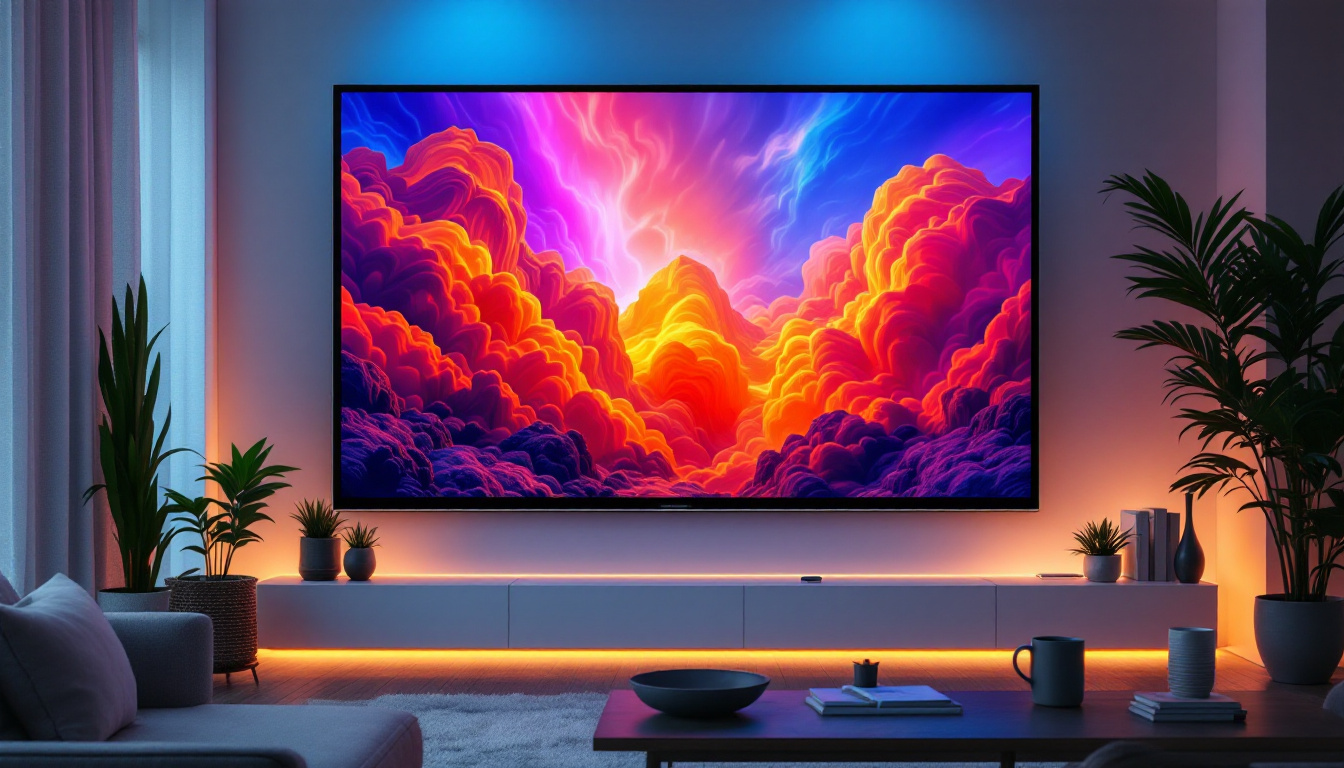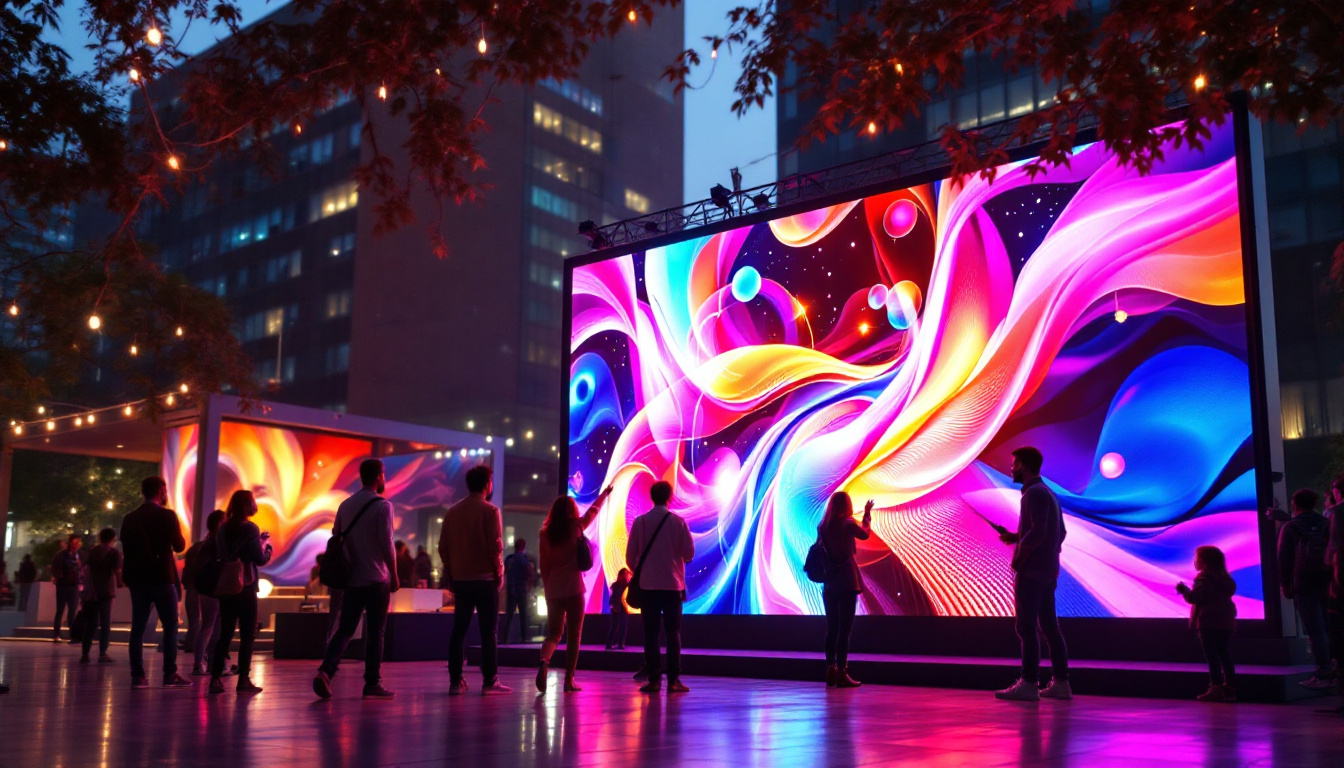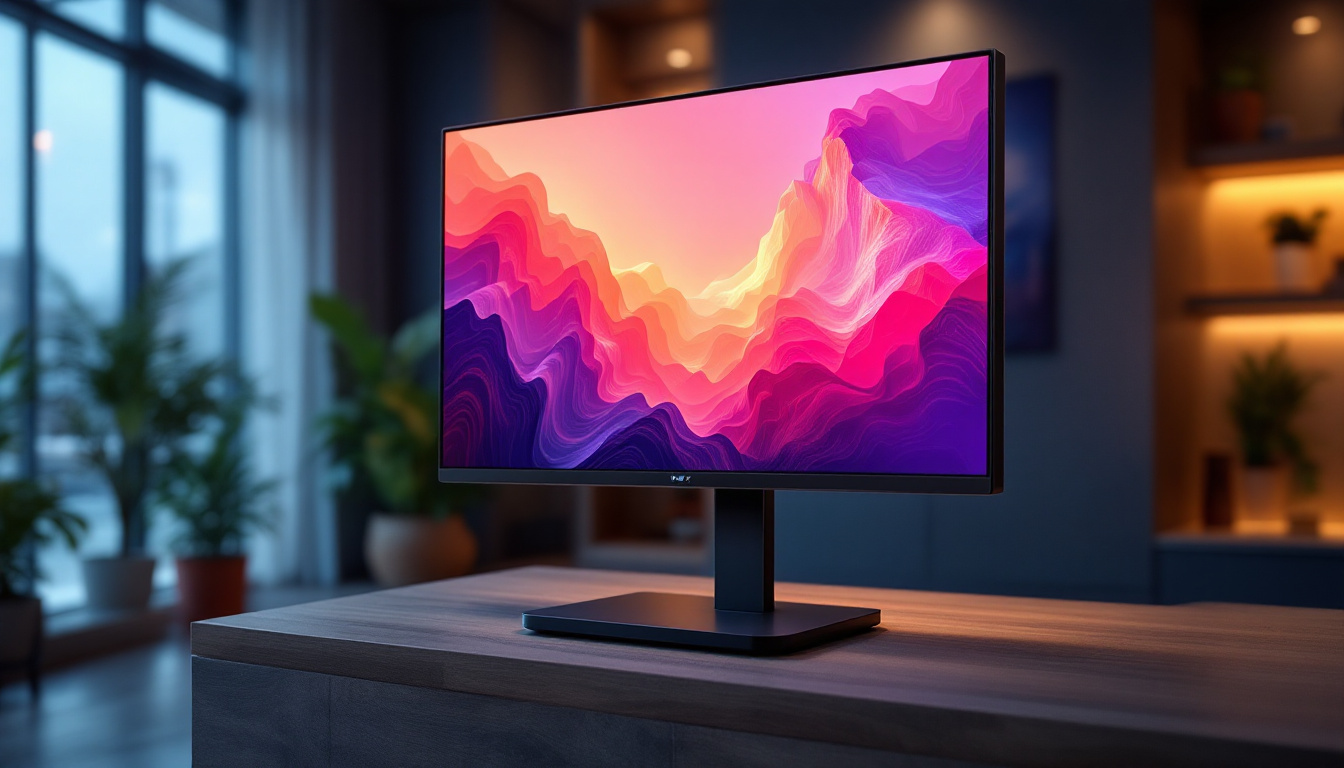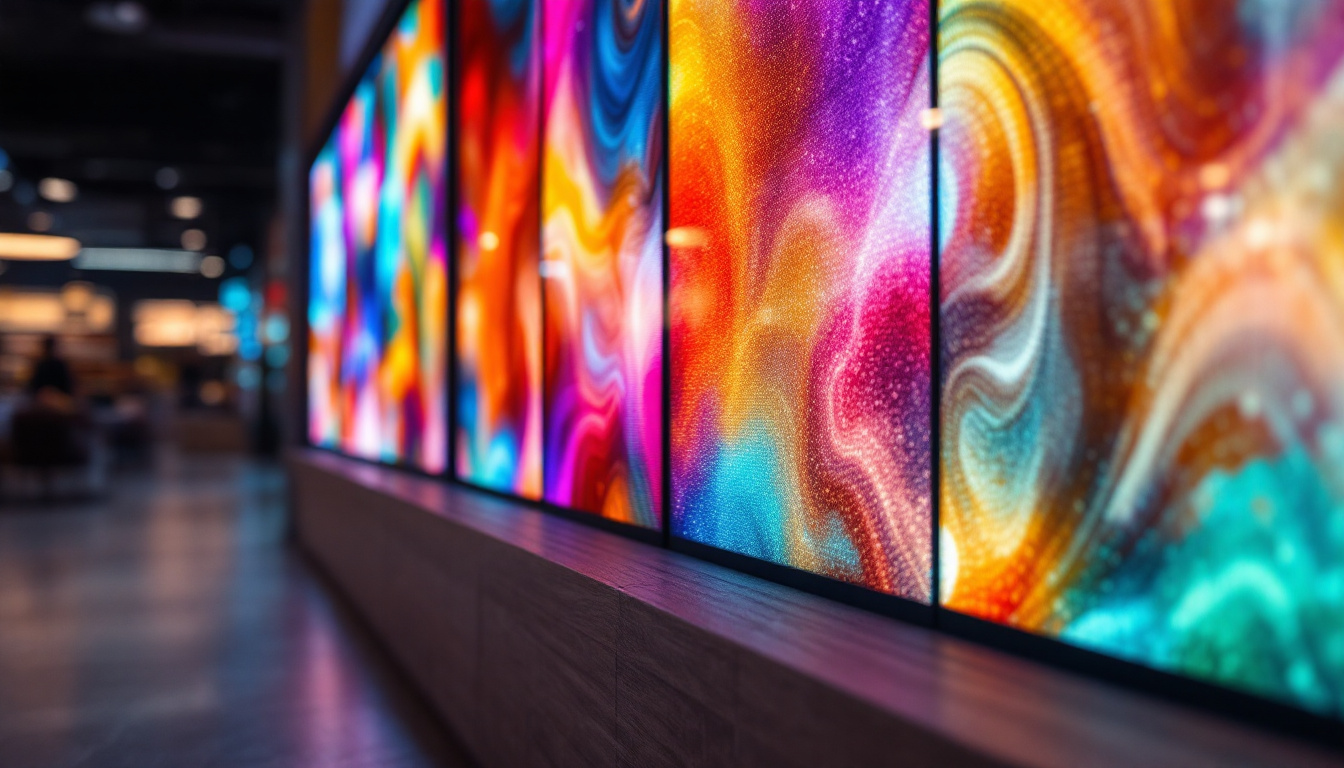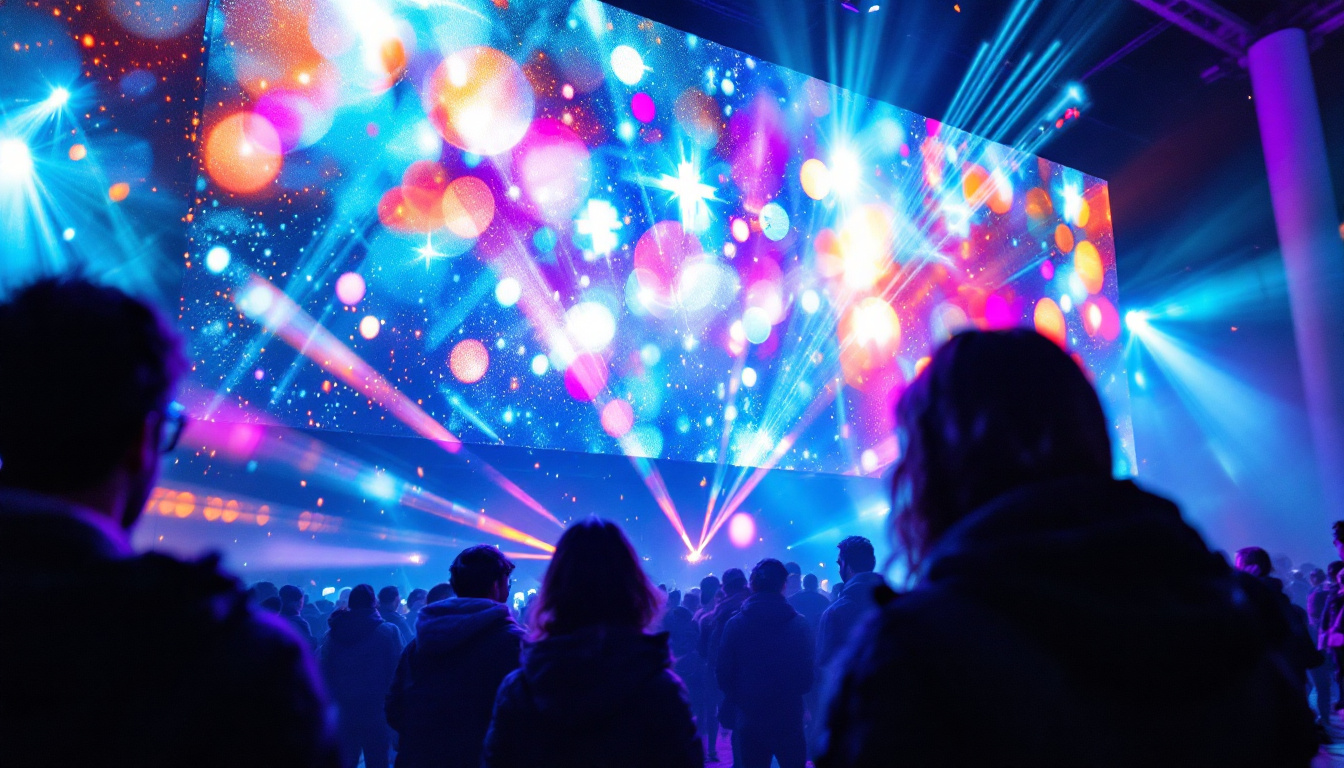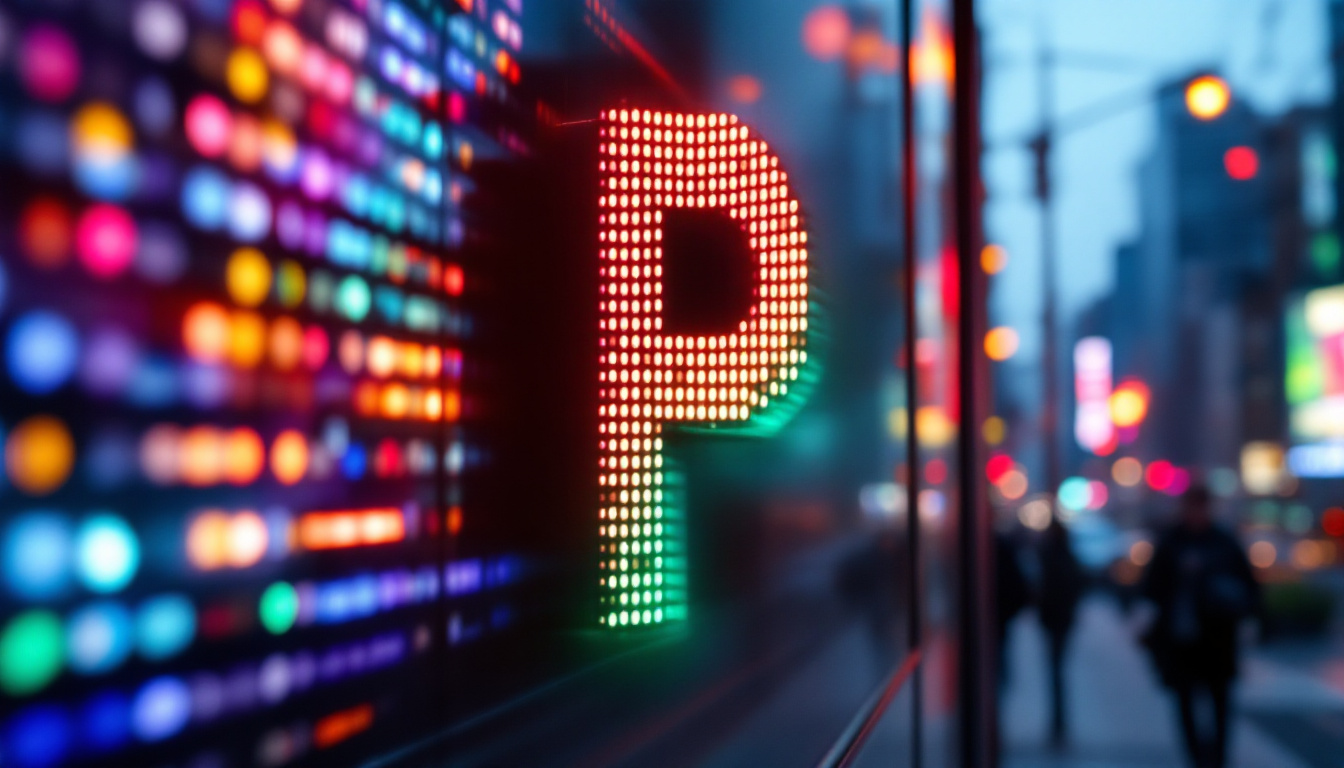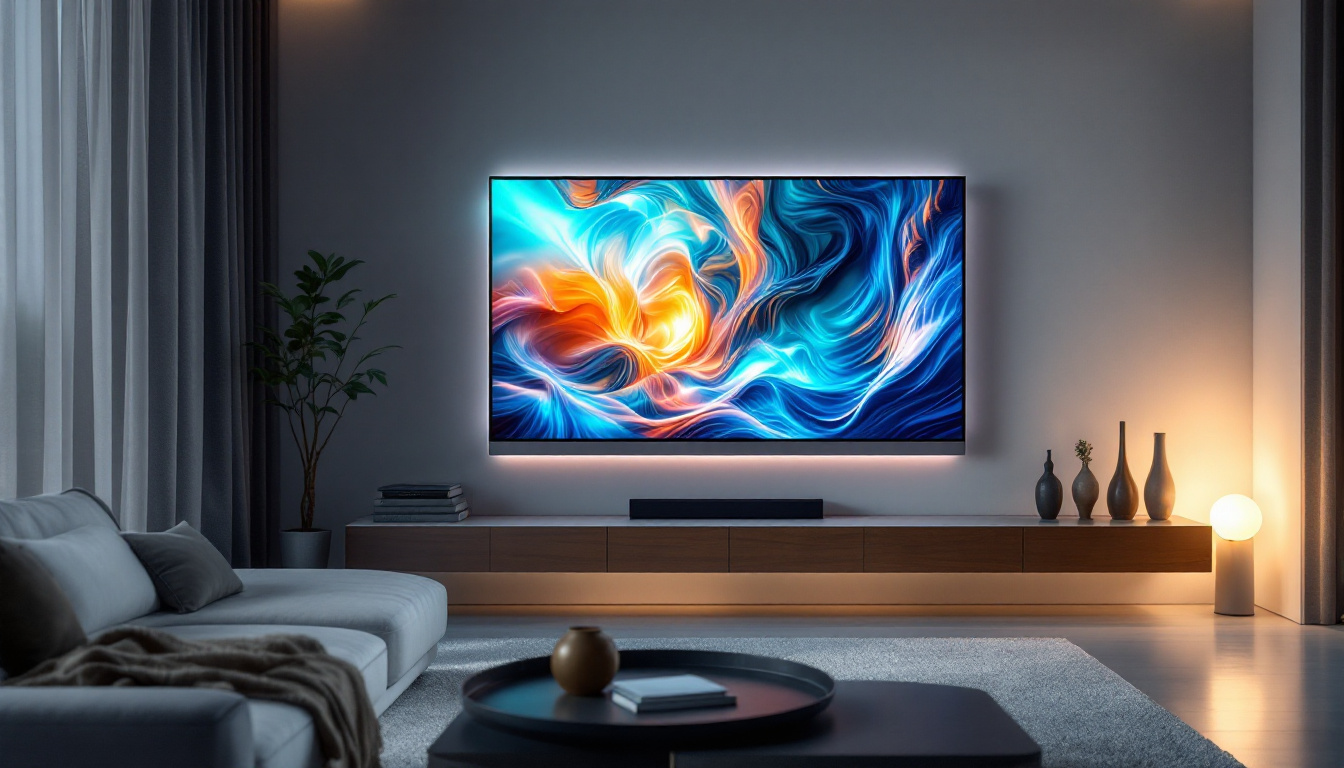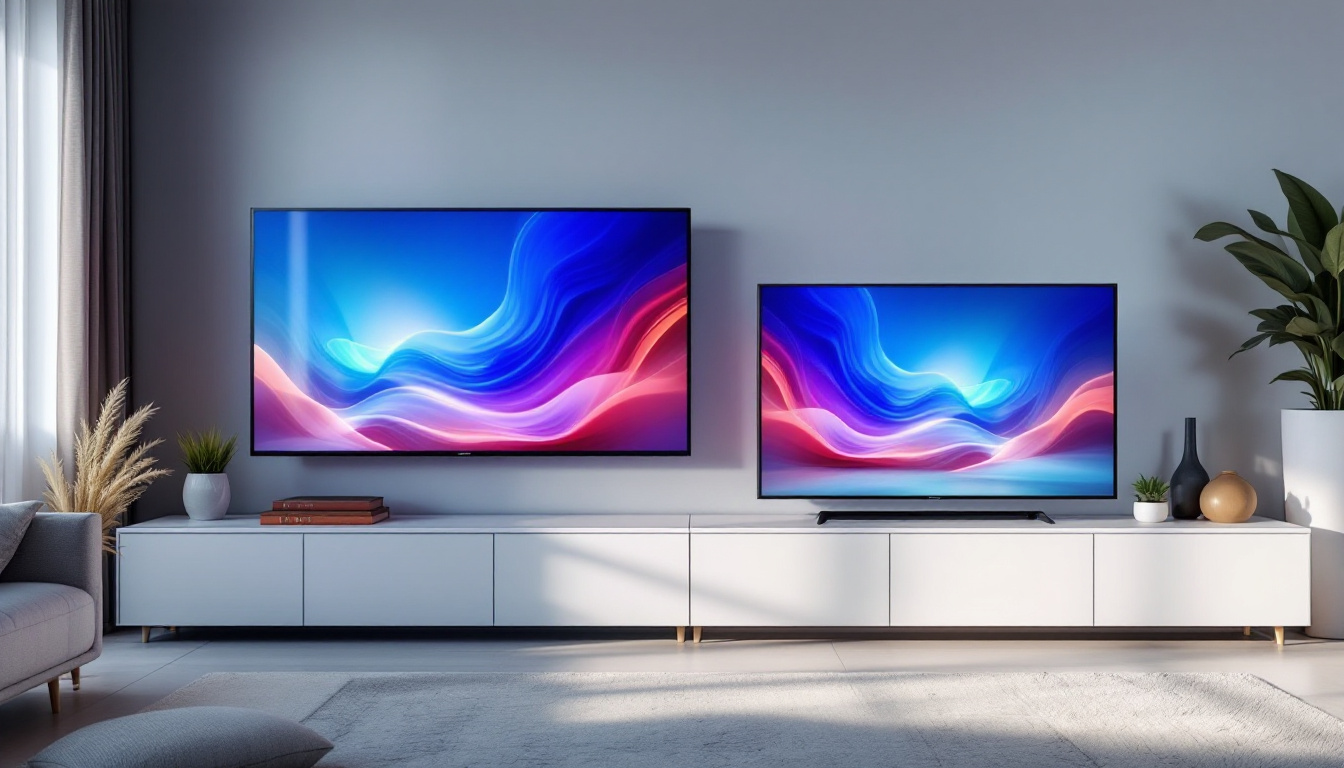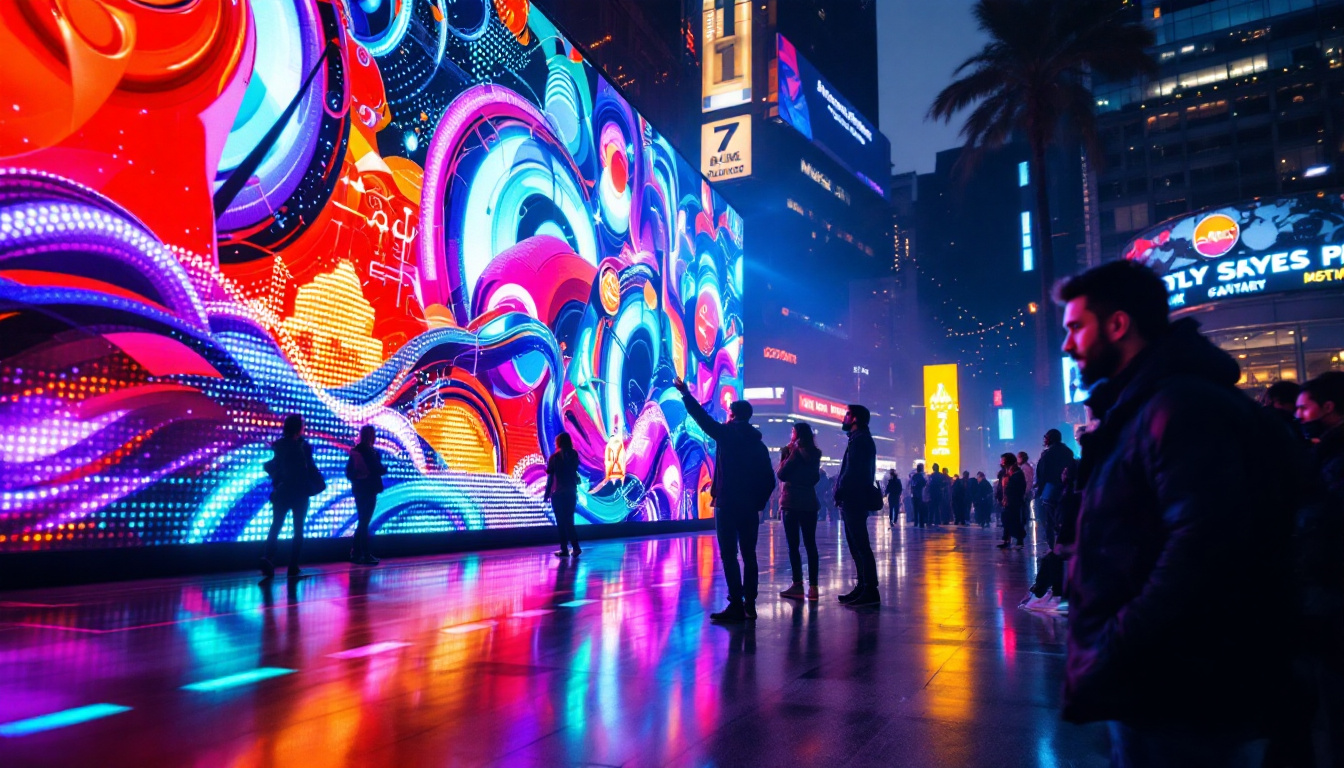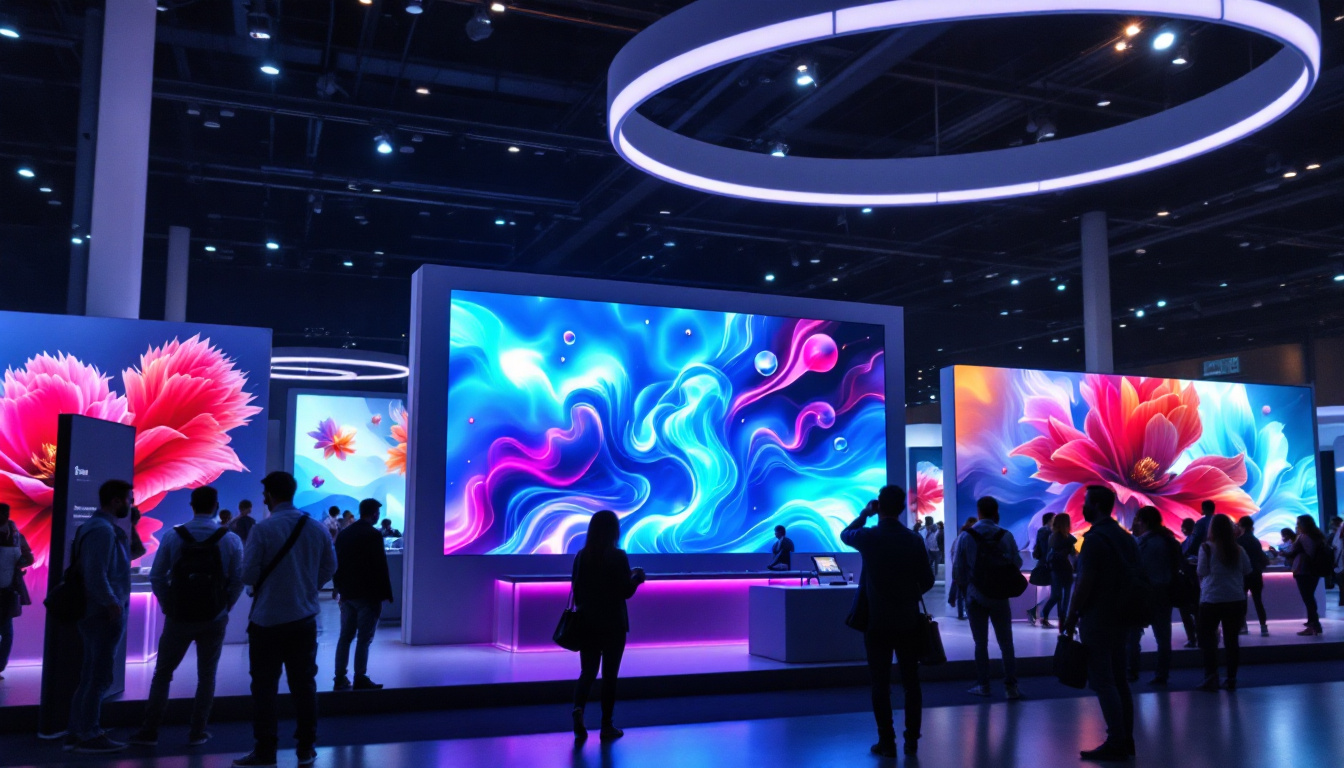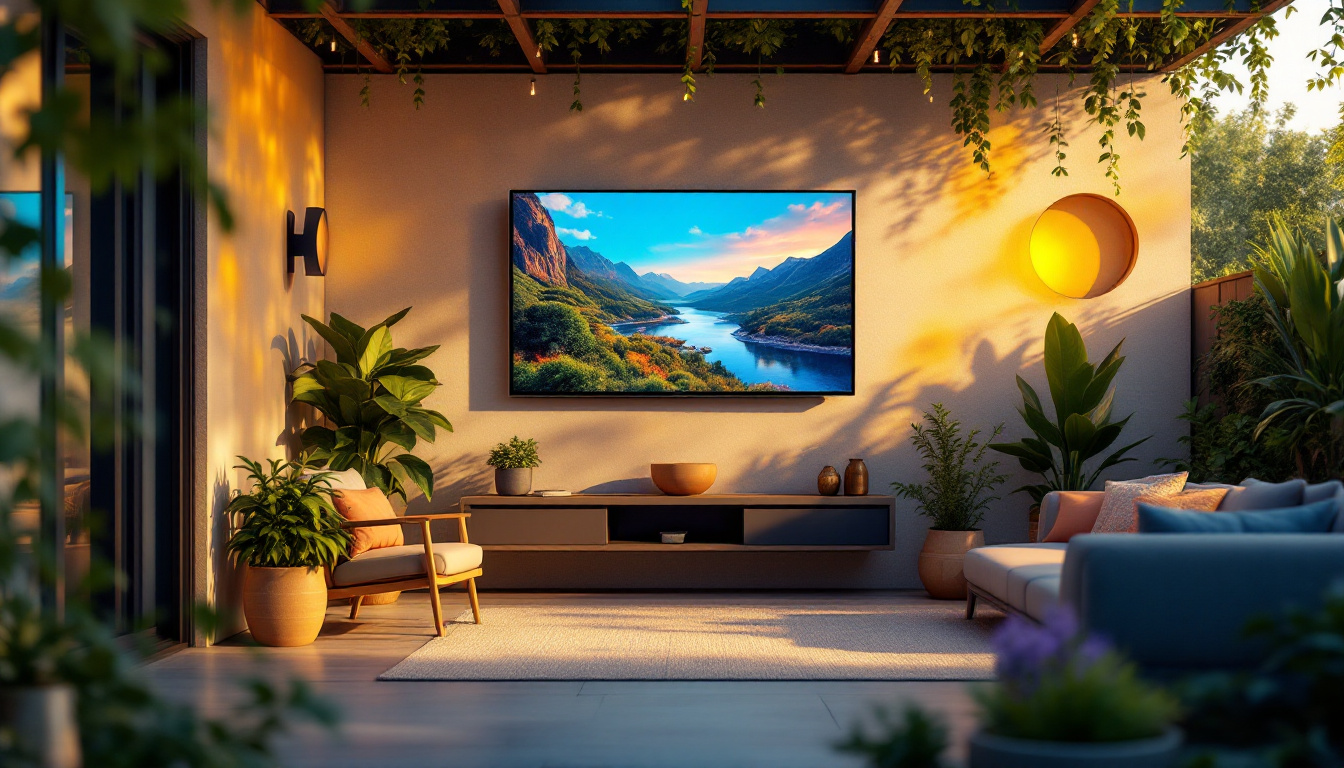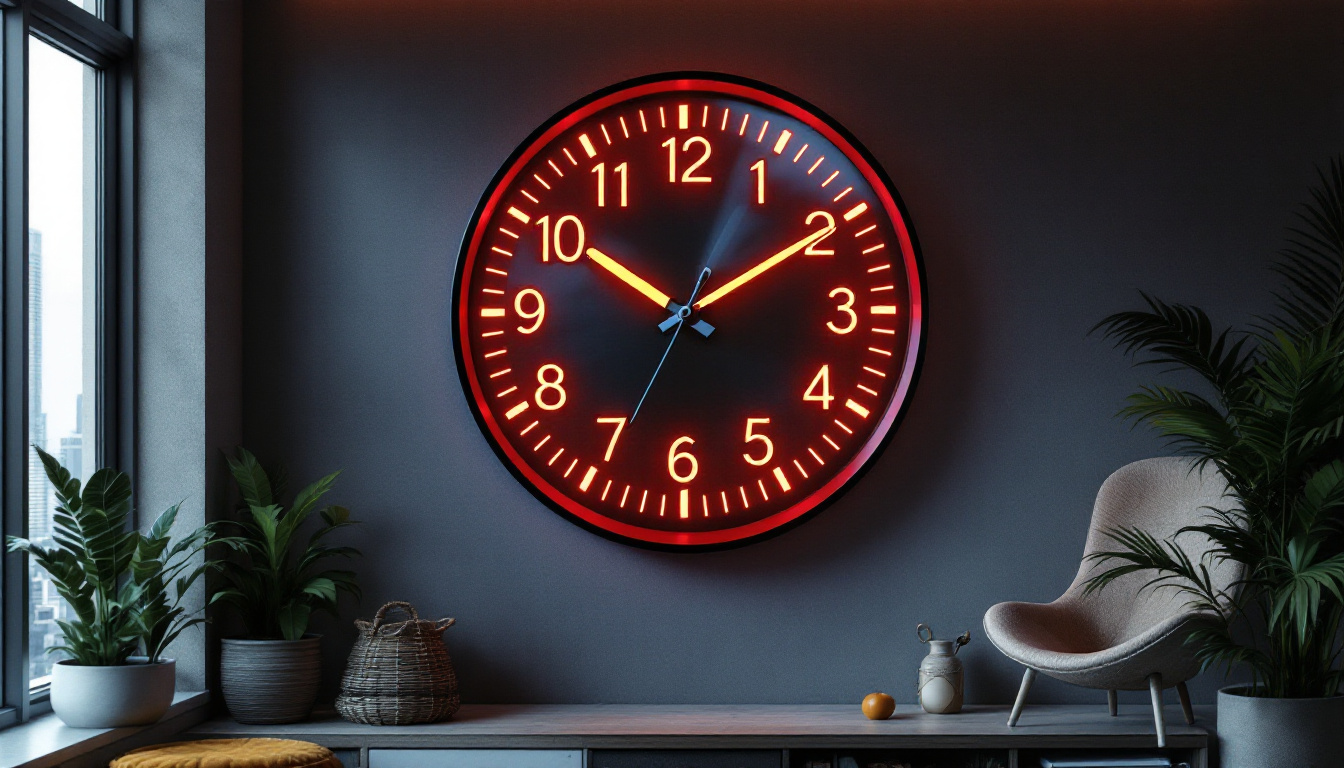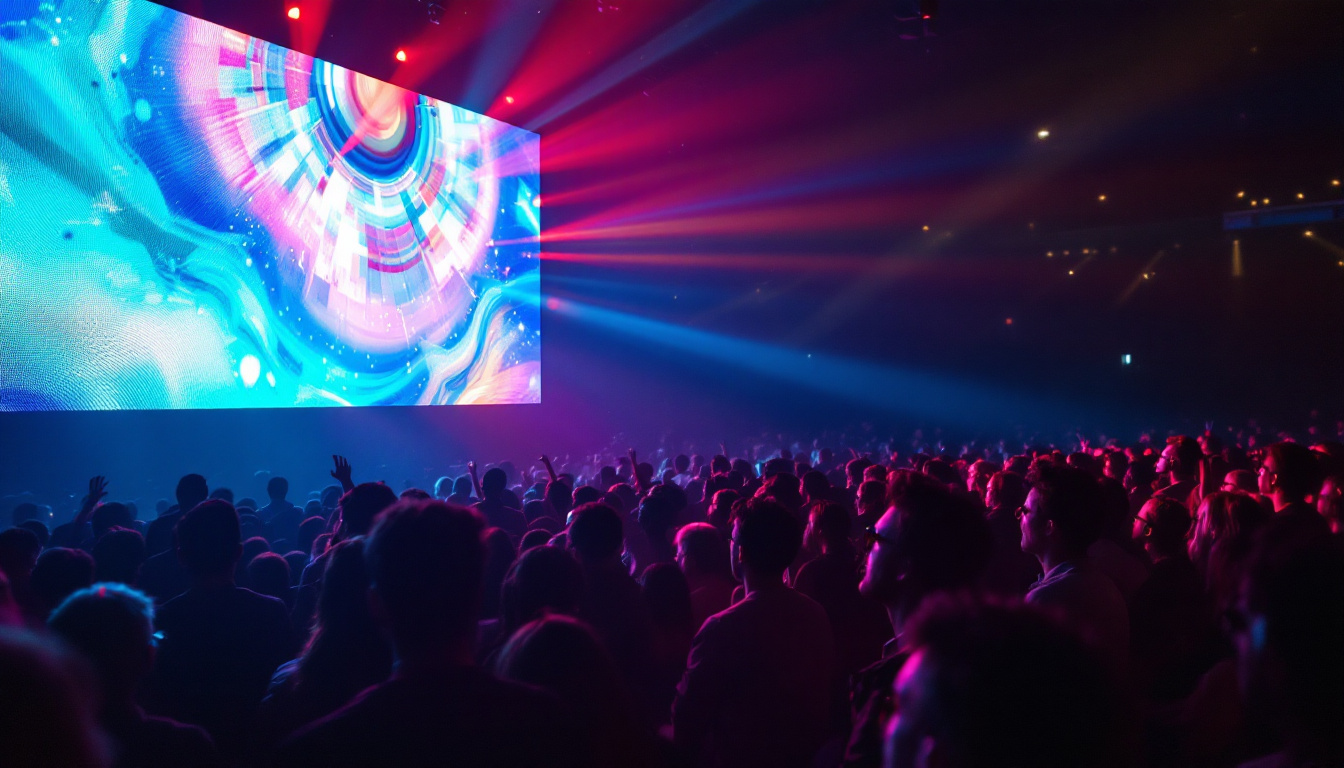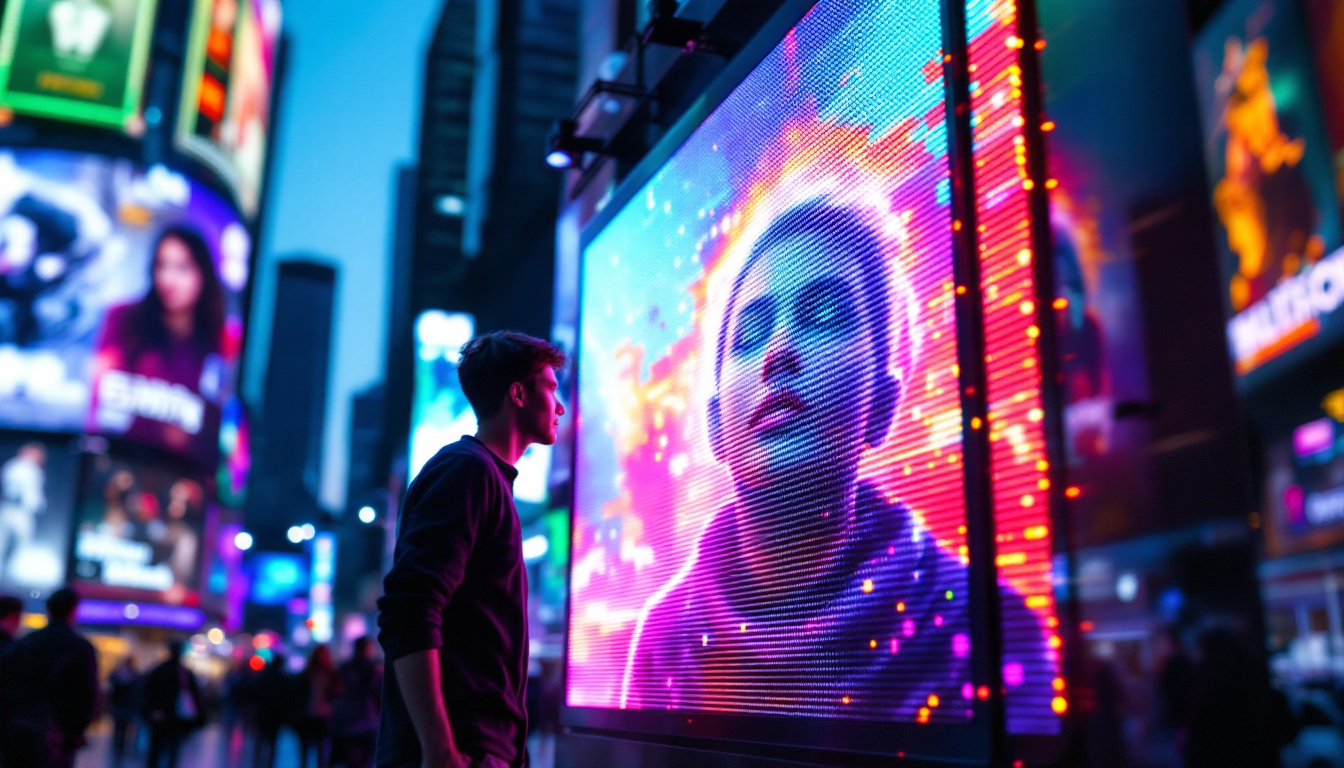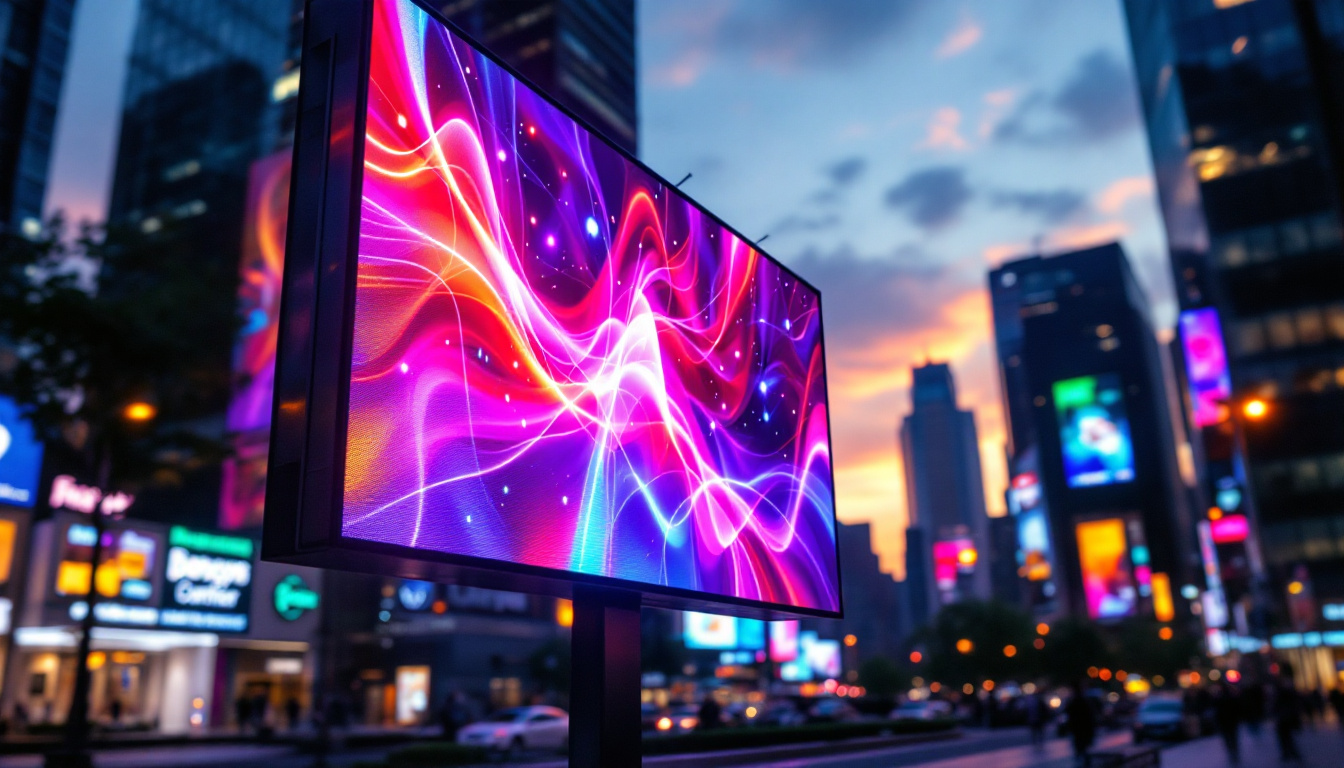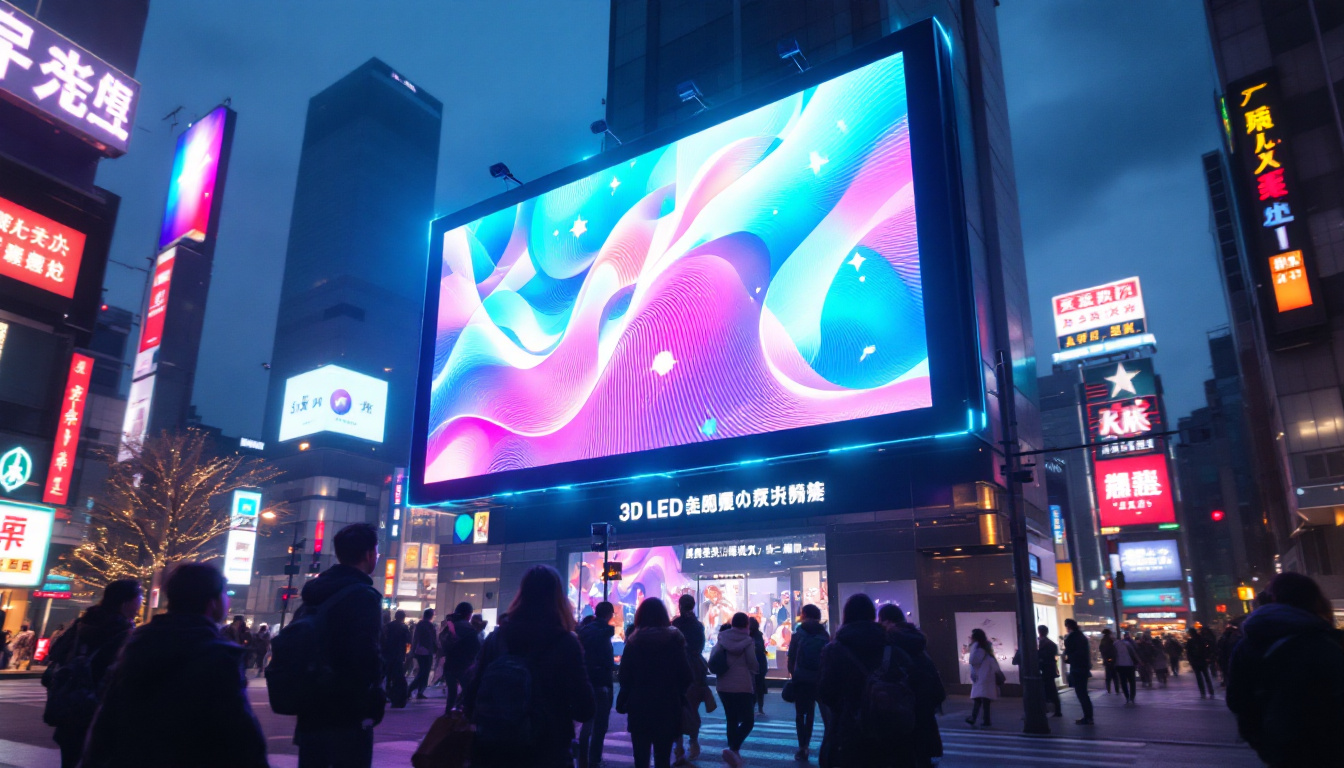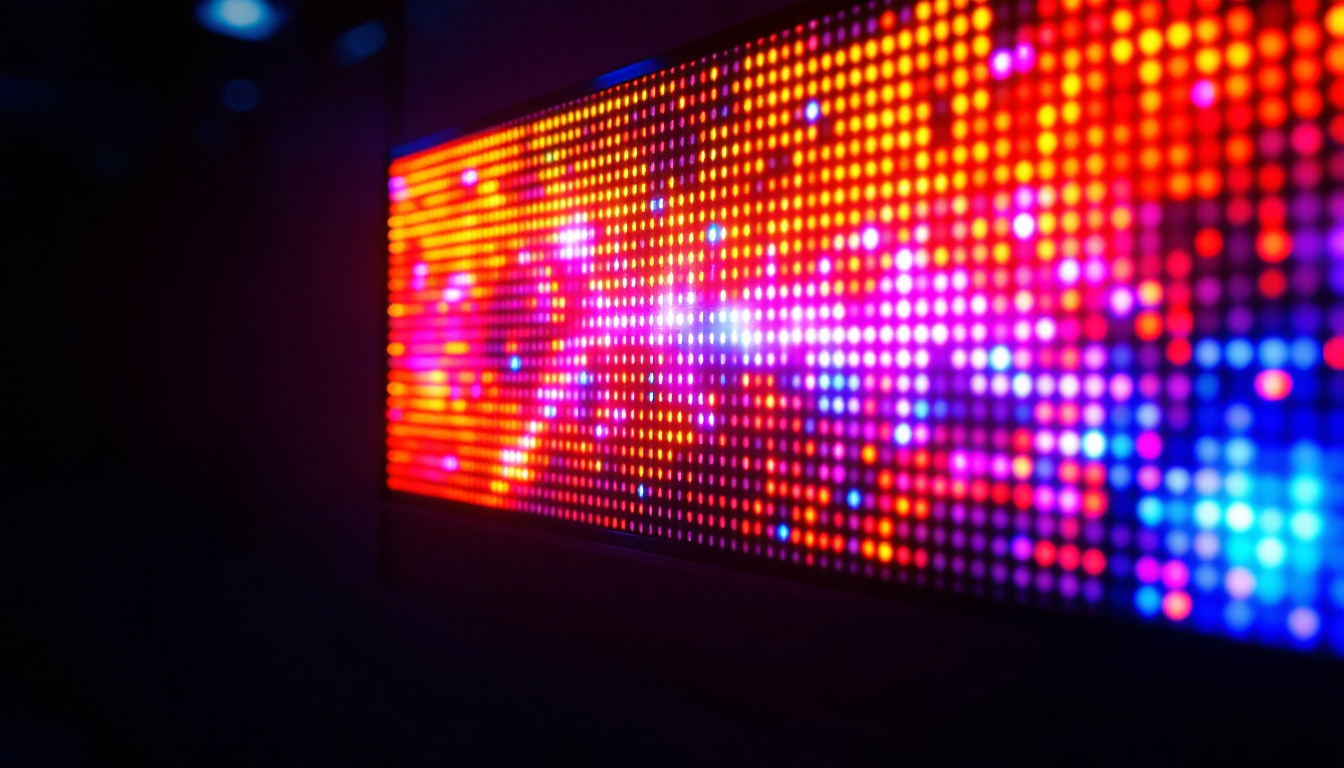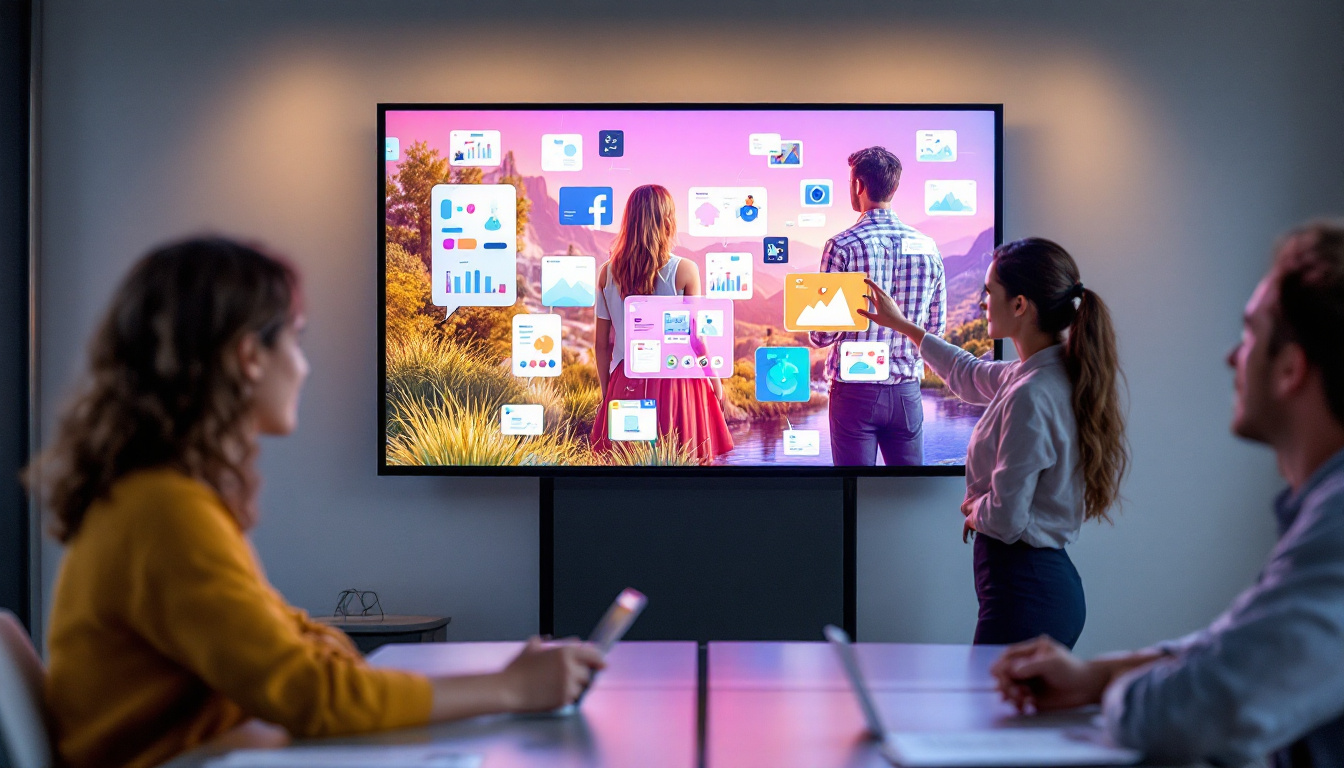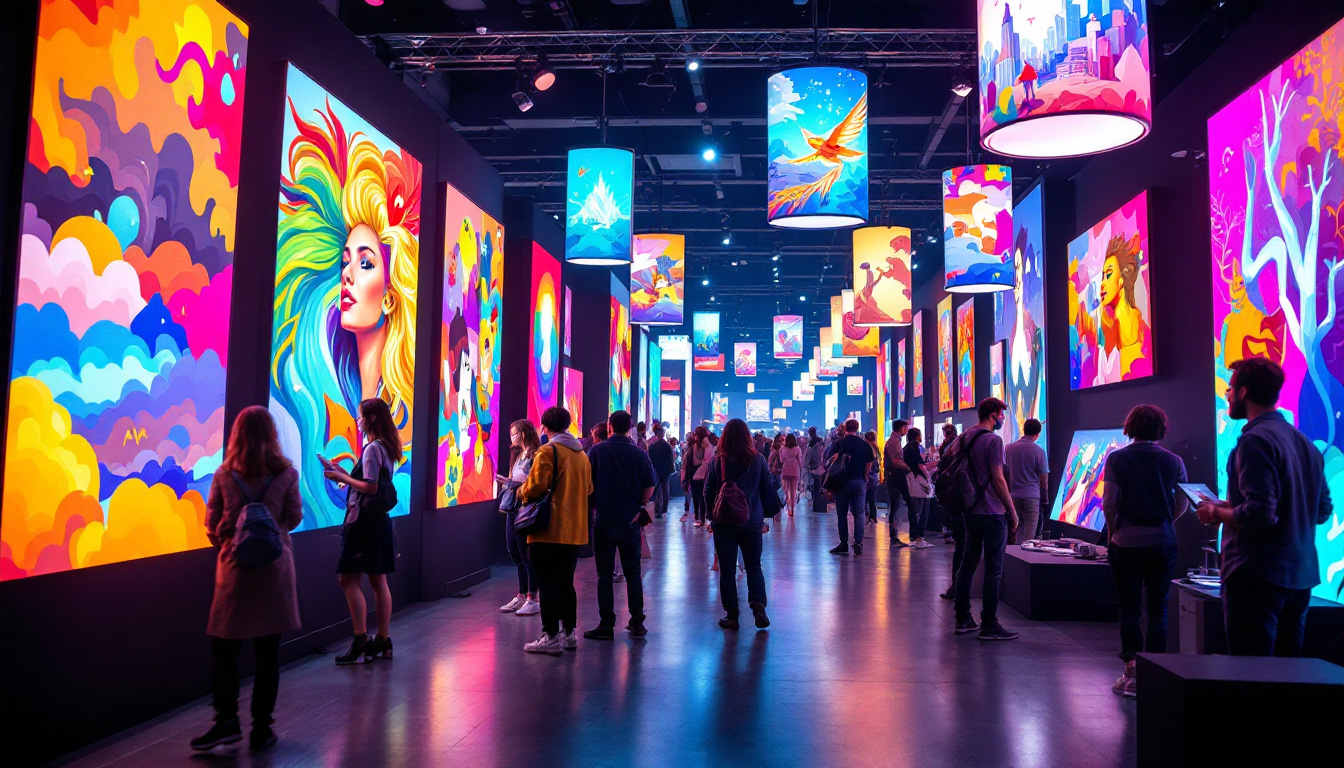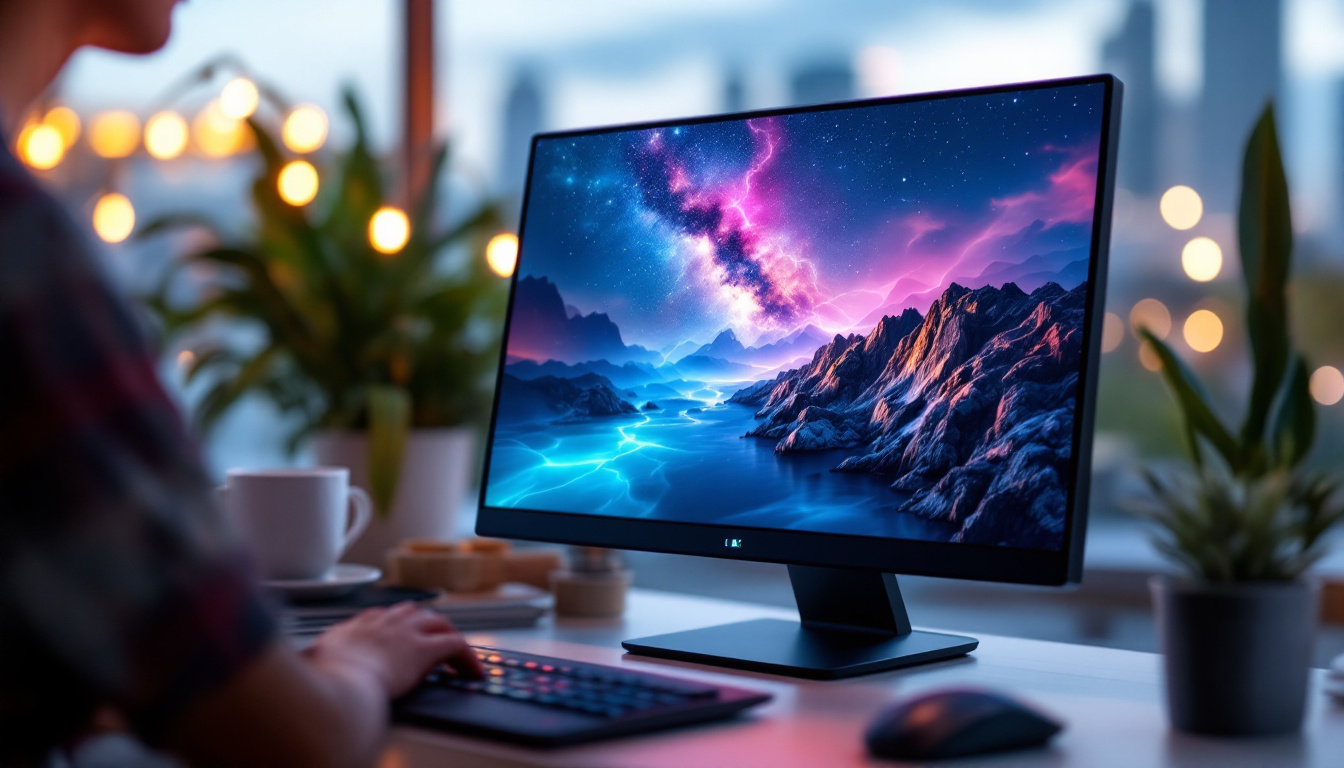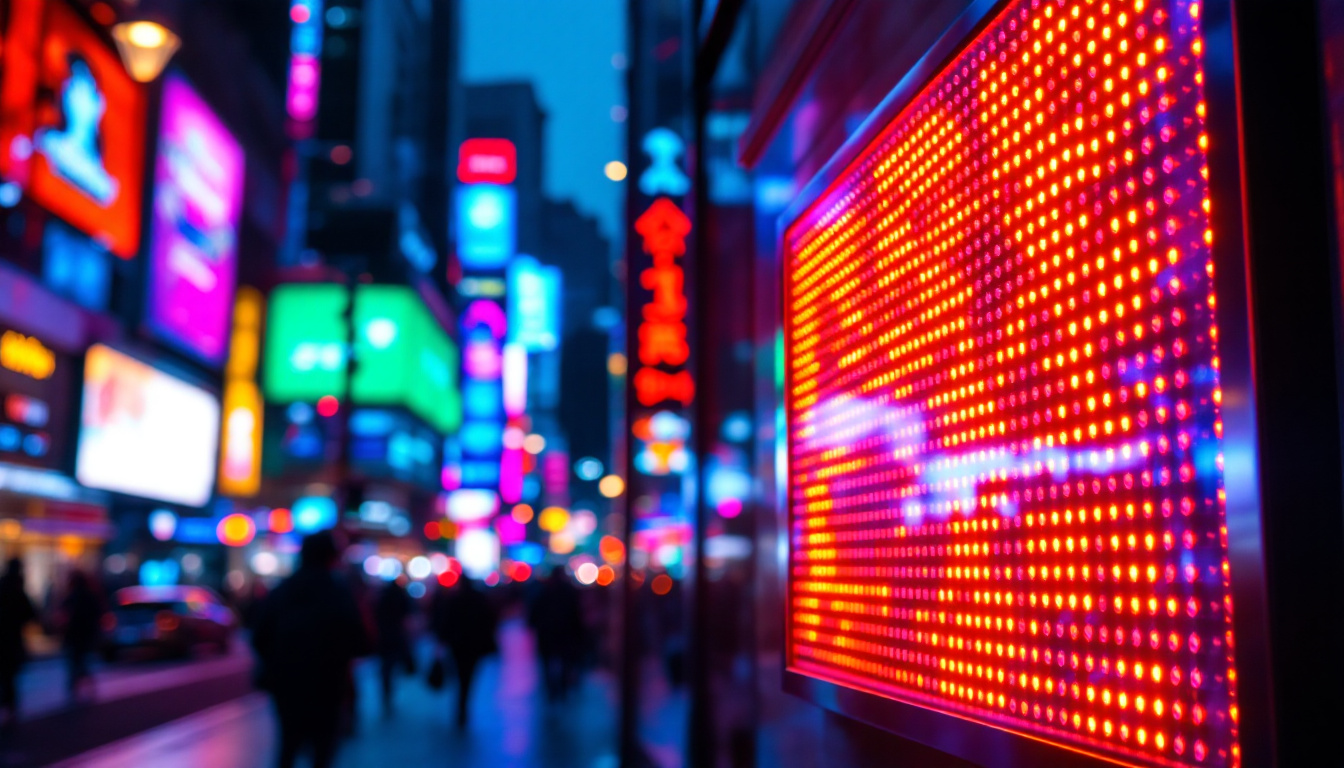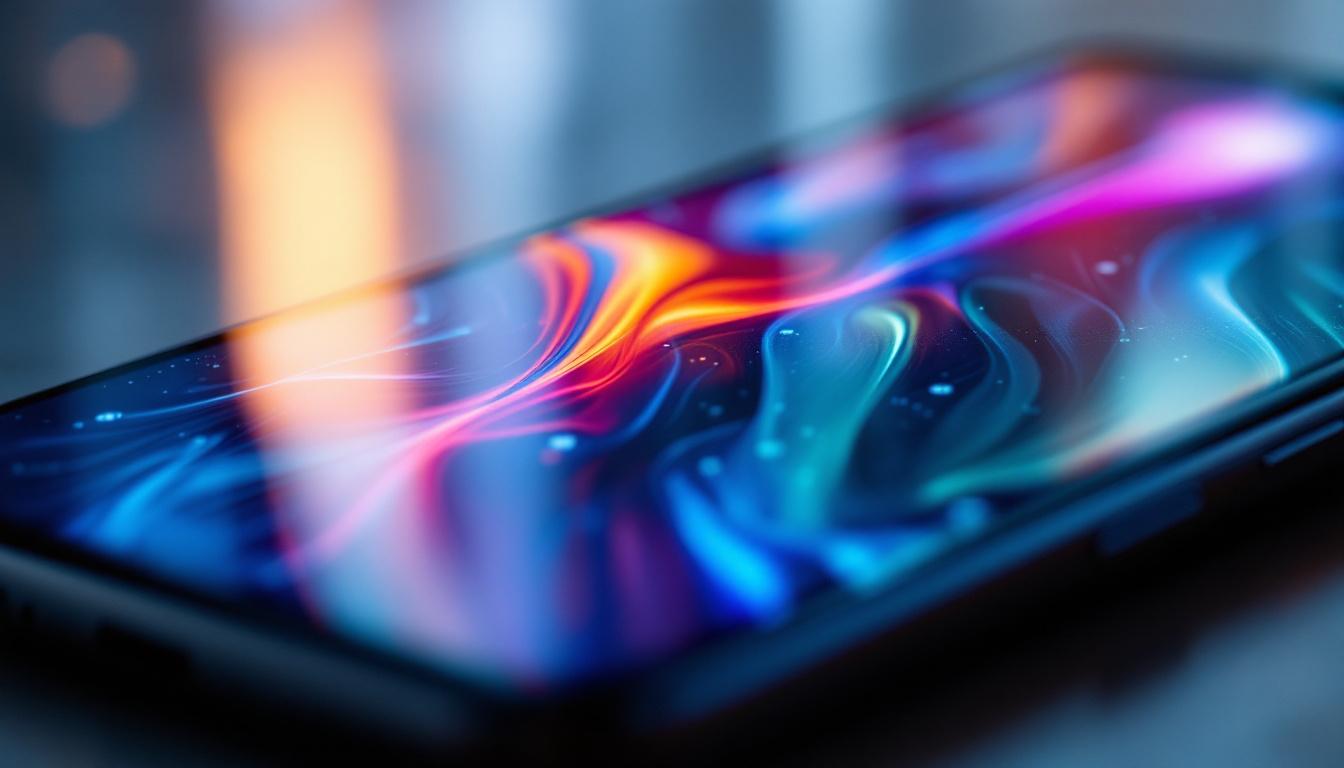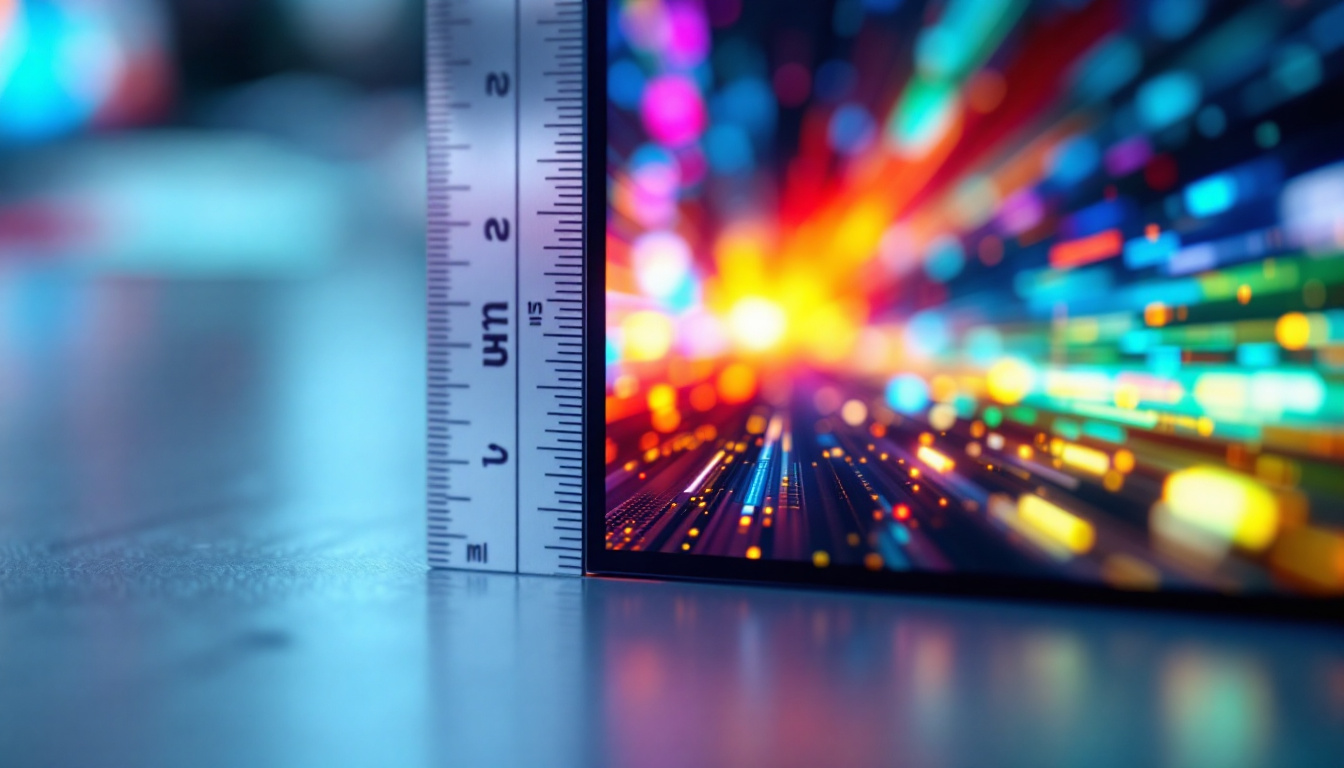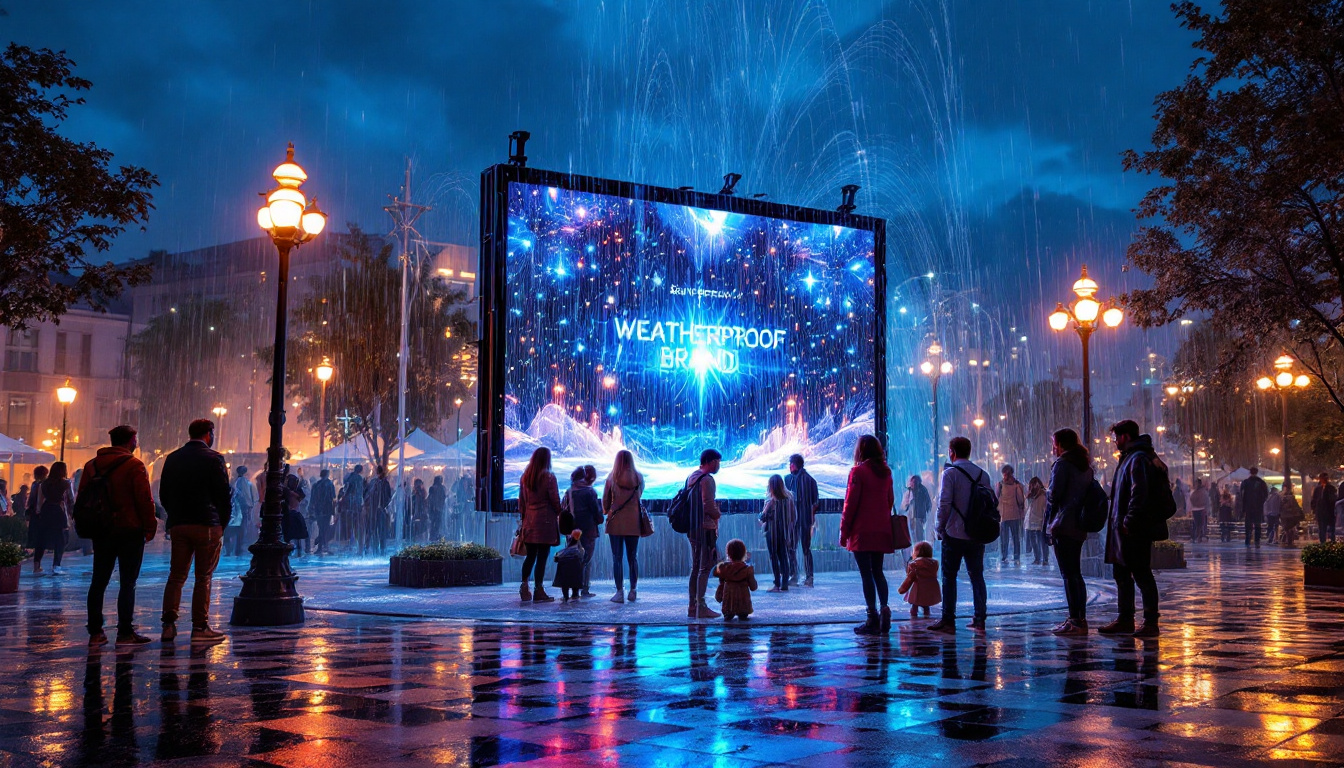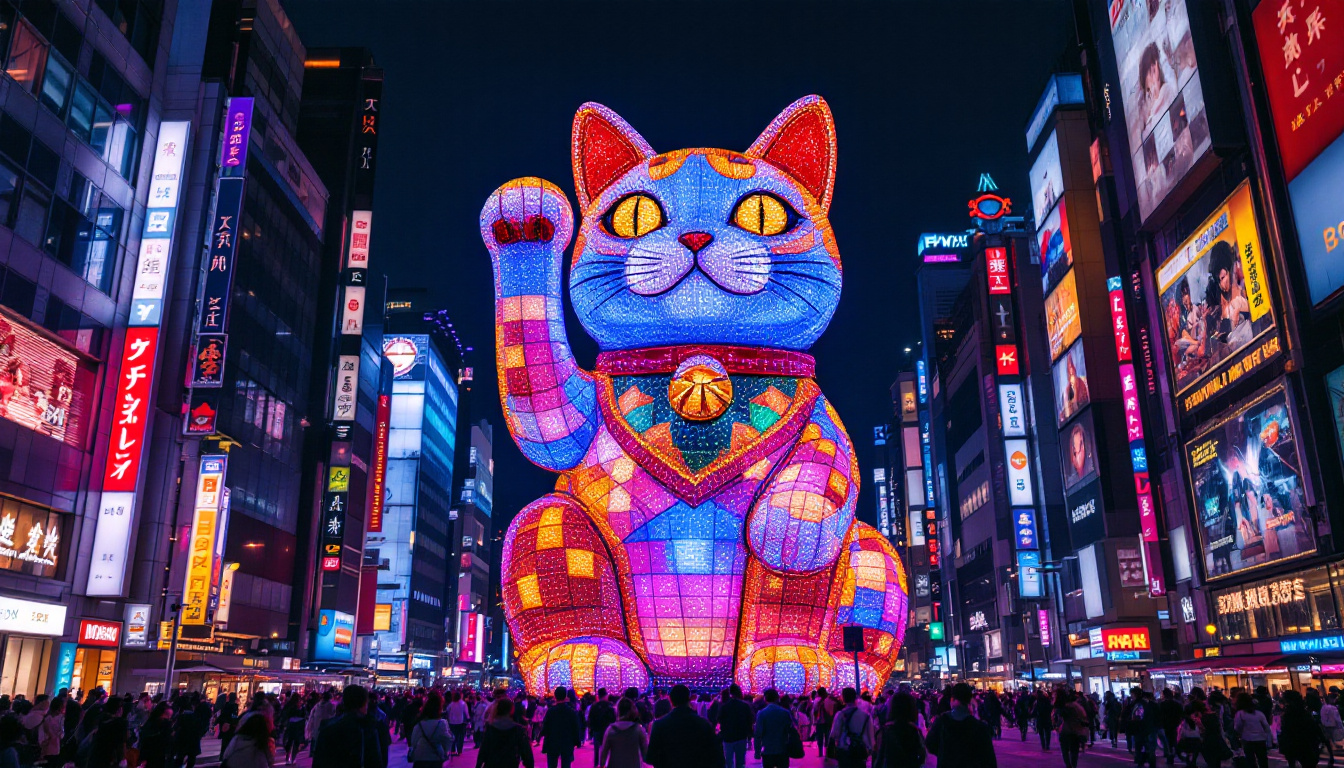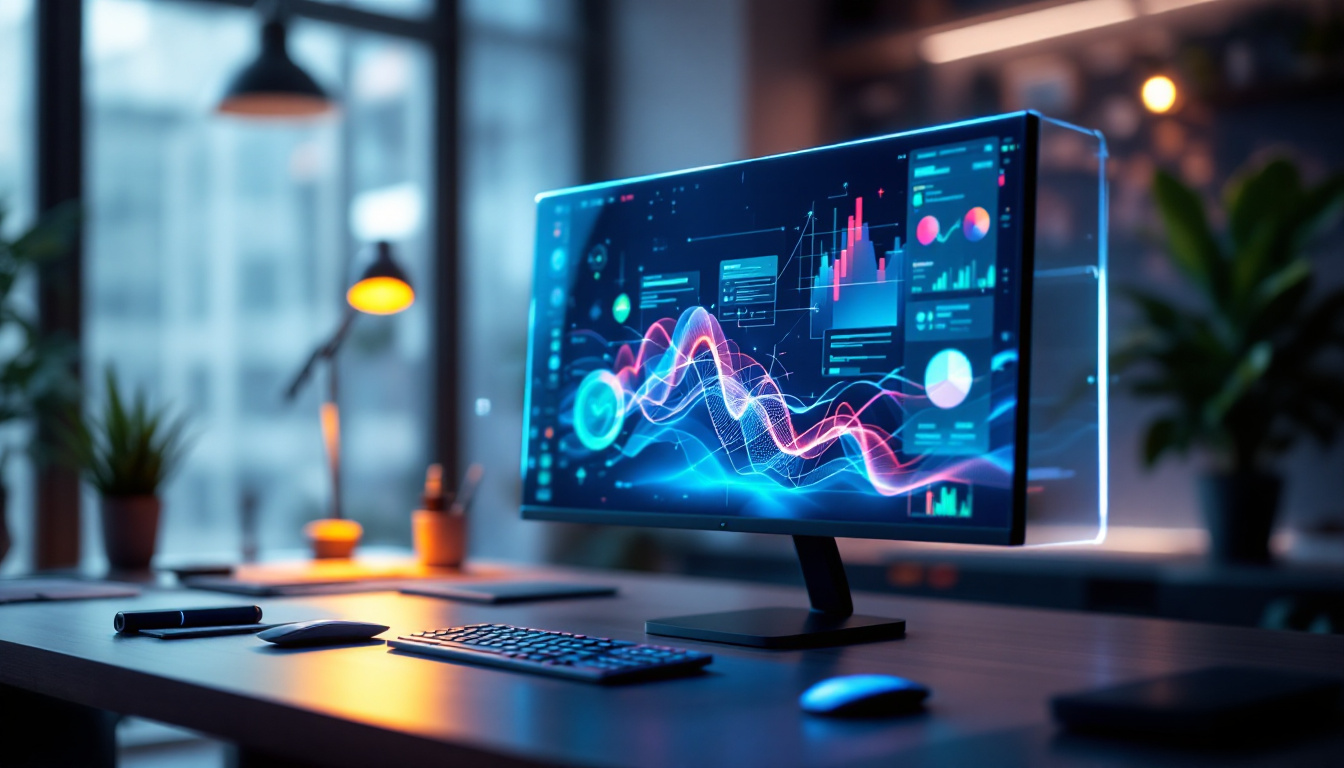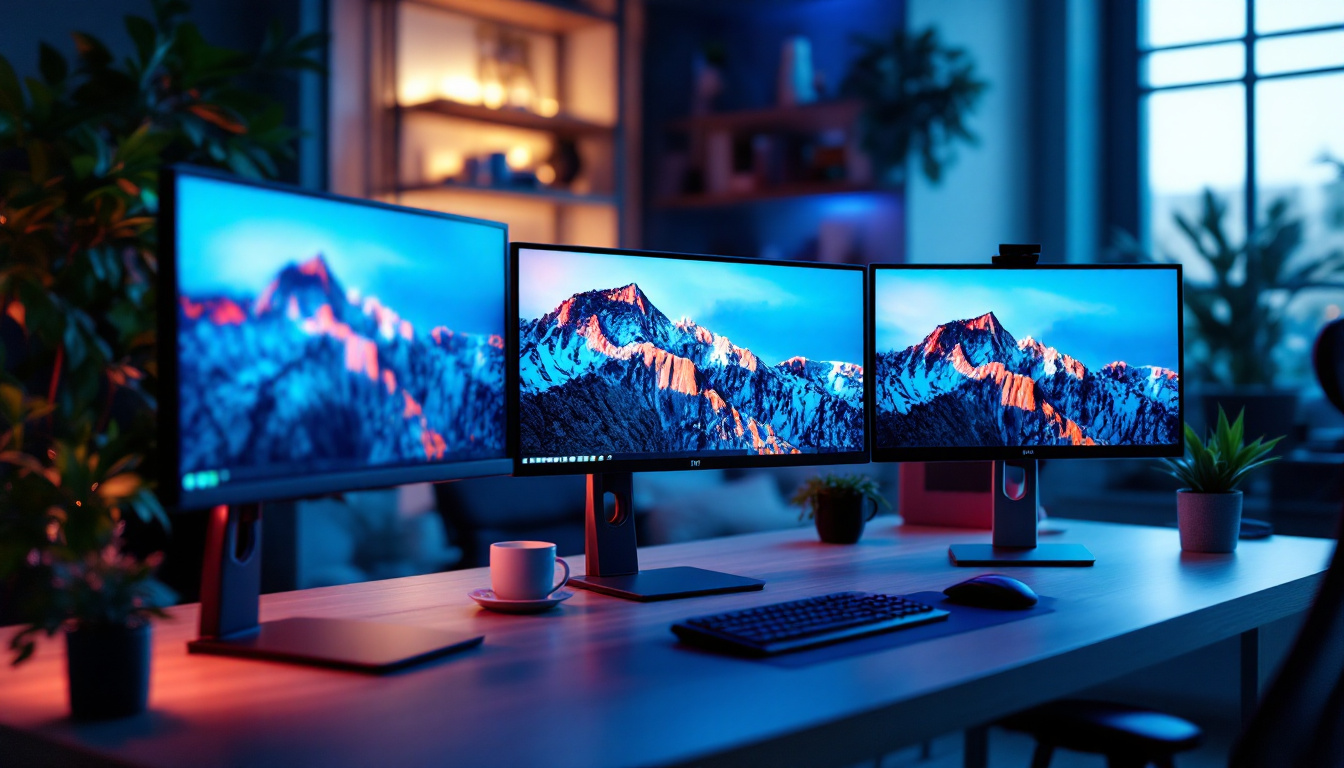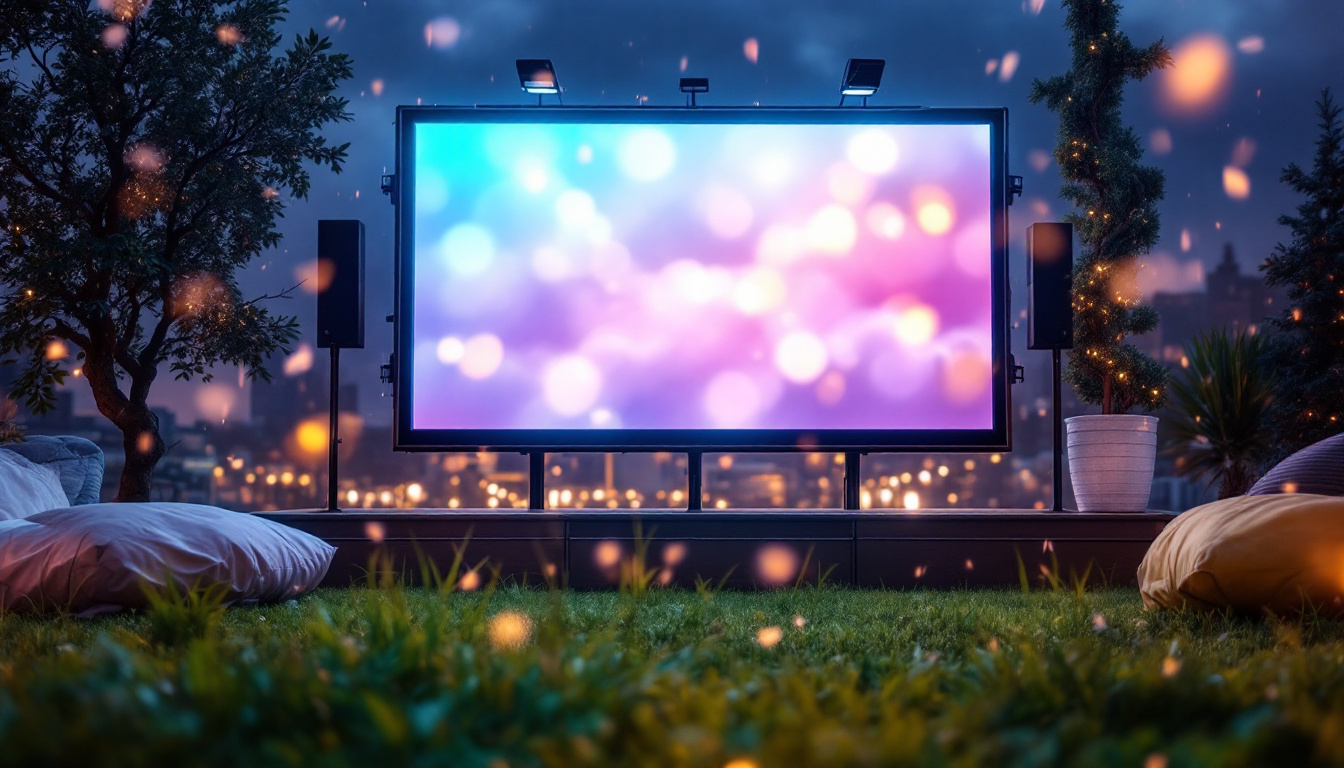In the realm of visual technology, the choice of display can significantly impact the overall viewing experience. Among the various options available, fixed projector screens and LED displays stand out as popular choices for both home and professional settings. This article delves into the intricacies of fixed projector screens and LED displays, exploring their features, benefits, and the best applications for each.
Understanding Fixed Projector Screens
Fixed projector screens are designed to provide a stable and flat surface for projecting images and videos. Unlike portable screens that can be rolled up or folded, fixed screens are permanently mounted, making them ideal for dedicated home theaters, conference rooms, and classrooms.
Types of Fixed Projector Screens
There are several types of fixed projector screens, each catering to different needs and preferences. The most common types include:
- Matte White Screens: These screens offer excellent color accuracy and brightness, making them suitable for various lighting conditions.
- High-Contrast Screens: Designed to enhance darker images, these screens are perfect for home theaters where ambient light control is a priority.
- Ambient Light Rejecting Screens: These specialized screens are engineered to minimize the impact of ambient light, ensuring vibrant images even in well-lit environments.
Benefits of Fixed Projector Screens
Choosing a fixed projector screen comes with numerous advantages. Firstly, these screens provide a consistently flat surface, which is crucial for achieving optimal image quality. Any curvature or wrinkles can distort the projected image, leading to a subpar viewing experience.
Additionally, fixed screens often come with a frame that enhances the overall aesthetics of a room. They can be custom-built to fit specific dimensions, allowing for seamless integration into the existing decor. Furthermore, fixed screens tend to be more durable than portable options, making them a long-term investment.
Moreover, fixed projector screens can significantly improve the overall viewing experience by reducing glare and reflections that might occur with other screen types. This is particularly beneficial in environments where lighting cannot be fully controlled, such as classrooms or conference rooms. The use of specialized materials in fixed screens can also help to enhance the viewing angles, ensuring that everyone in the room enjoys a clear and vibrant image, regardless of their seating position.
Another noteworthy aspect of fixed projector screens is their compatibility with advanced projection technologies. Many modern projectors utilize high-definition and 4K resolutions, and a quality fixed screen can maximize the potential of these technologies. By providing a high-quality surface, fixed screens can deliver sharper images and more vivid colors, making them an essential component for anyone serious about their home theater setup or professional presentations.
Exploring LED Displays
LED displays have gained immense popularity in recent years, particularly for their vibrant colors and high brightness levels. Unlike traditional projection systems, LED displays utilize light-emitting diodes to produce images, making them a versatile choice for various applications.
How LED Displays Work
LED displays consist of numerous tiny light-emitting diodes that work together to create a full image. Each diode can emit different colors, allowing for a wide range of hues and shades. This technology enables LED displays to achieve high levels of brightness and contrast, making them suitable for both indoor and outdoor use.
One of the key advantages of LED displays is their ability to maintain image quality in various lighting conditions. Whether in a dimly lit room or under bright sunlight, LED displays can deliver clear and vibrant images without significant degradation in quality. This adaptability is particularly beneficial for outdoor events, where changing light conditions can pose challenges for other display technologies.
Advantages of LED Displays
LED displays offer several benefits that make them appealing for both commercial and residential use. Their high brightness levels ensure visibility even in challenging lighting conditions, making them ideal for presentations, advertisements, and entertainment.
Moreover, LED displays are energy-efficient, consuming less power compared to traditional projection systems. This efficiency not only reduces operational costs but also contributes to a smaller carbon footprint. Additionally, LED technology has a longer lifespan, often exceeding 50,000 hours, which translates to less frequent replacements and lower maintenance costs.
Another significant advantage of LED displays is their flexibility in design and installation. They can be configured in various shapes and sizes, allowing for creative installations that can fit any space or aesthetic. This versatility has led to their widespread use in venues ranging from sports arenas to art installations, where unique visual experiences are paramount. Furthermore, advancements in technology have led to the development of ultra-thin and lightweight LED panels, making them easier to transport and install, thereby opening up new possibilities for temporary displays and events.
In addition to their visual appeal, LED displays are also equipped with smart technology features. Many modern LED displays come with integrated software that allows for real-time content updates and remote management. This capability is particularly advantageous for businesses that need to change advertisements frequently or for events that require dynamic content. With the rise of digital signage, LED displays have become a crucial tool for engaging audiences and delivering targeted messages effectively.
Comparing Fixed Projector Screens and LED Displays
When deciding between a fixed projector screen and an LED display, several factors should be considered. Each technology has its strengths and weaknesses, making them suitable for different scenarios.
Image Quality
Image quality is often a primary concern when selecting a display solution. Fixed projector screens excel in delivering high-resolution images, particularly when paired with a high-quality projector. The matte surface of these screens enhances color accuracy, providing a more immersive viewing experience.
On the other hand, LED displays offer superior brightness and contrast, making them ideal for environments with varying lighting conditions. The vibrant colors produced by LED technology can captivate audiences, especially in commercial settings where visual impact is crucial.
Installation and Space Considerations
Installation requirements can also influence the decision between fixed projector screens and LED displays. Fixed screens require a dedicated space for mounting, which may not be feasible in smaller rooms or multi-purpose areas. However, once installed, they provide a seamless and professional look.
LED displays, in contrast, can be more flexible in terms of placement. They can be mounted on walls, integrated into furniture, or even used as standalone units. This versatility makes them suitable for a wide range of applications, from retail environments to corporate offices.
Applications of Fixed Projector Screens
Fixed projector screens are particularly well-suited for specific applications where image quality and viewing experience are paramount. Some common uses include:
Home Theaters
For home theater enthusiasts, a fixed projector screen can significantly enhance the cinematic experience. These screens provide a dedicated space for movie nights, ensuring that every detail of the film is displayed with clarity and precision. With the right projector, the combination of a fixed screen and high-quality audio can create an immersive environment that rivals commercial theaters.
Corporate Presentations
In corporate settings, fixed projector screens are often used for presentations and training sessions. The clarity and stability of the image allow for effective communication of ideas and information. Additionally, the professional appearance of a fixed screen can enhance the overall image of a business during client meetings.
Applications of LED Displays
LED displays have found their place in a variety of settings due to their versatility and performance. Here are some notable applications:
Advertising and Digital Signage
One of the most common uses for LED displays is in advertising and digital signage. Their ability to capture attention with bright colors and dynamic content makes them ideal for storefronts, trade shows, and events. Businesses can display promotional videos, advertisements, and real-time information, effectively engaging customers and enhancing brand visibility.
Sports and Entertainment Venues
LED displays are a staple in sports arenas and entertainment venues. They are used for scoreboards, video walls, and promotional displays, providing fans with an enhanced viewing experience. The high brightness levels and large sizes of LED displays ensure that everyone in the venue can see the action, regardless of their seating position.
Choosing the Right Solution for Your Needs
Ultimately, the choice between a fixed projector screen and an LED display depends on specific needs and preferences. Factors such as the intended use, available space, and budget should be carefully considered before making a decision.
Assessing Your Space
Before selecting a display solution, it is essential to assess the space where it will be used. For dedicated home theaters or conference rooms, a fixed projector screen may be the best option, providing a professional appearance and optimal image quality. However, for multi-purpose spaces or areas with varying lighting conditions, an LED display may offer greater flexibility and visibility.
Budget Considerations
Budget is another crucial factor in the decision-making process. Fixed projector screens can vary significantly in price based on size, material, and features. While they may require a higher upfront investment, their longevity and durability can make them a cost-effective choice in the long run.
LED displays, while often more expensive initially, offer energy savings and lower maintenance costs over time. Evaluating the total cost of ownership for each option can help in making a more informed decision.
Conclusion
In conclusion, both fixed projector screens and LED displays have their unique advantages and applications. Fixed projector screens are ideal for environments where image quality and aesthetics are paramount, while LED displays excel in versatility and brightness. Understanding the specific needs of the intended application is key to making the right choice. By considering factors such as image quality, installation requirements, and budget, individuals and businesses can select the display solution that best meets their requirements.
As technology continues to evolve, both fixed projector screens and LED displays will likely see advancements that further enhance their capabilities. Staying informed about these developments will ensure that users can make the most of their visual technology investments.
Discover LumenMatrix’s Advanced LED Display Solutions
As you consider the best display technology to meet your unique needs, we invite you to explore the innovative solutions offered by LumenMatrix. With a commitment to revolutionizing visual communication, LumenMatrix provides a wide array of LED display modules, from Indoor and Outdoor LED Wall Displays to specialized options like Vehicle, Sports, and Floor LED Displays. Whether you’re looking to enhance brand visibility or create an unforgettable visual experience, LumenMatrix’s state-of-the-art LED displays are designed to captivate your audience and deliver your message with unparalleled impact. Check out LumenMatrix LED Display Solutions today and see how they can transform your visual presentation.

